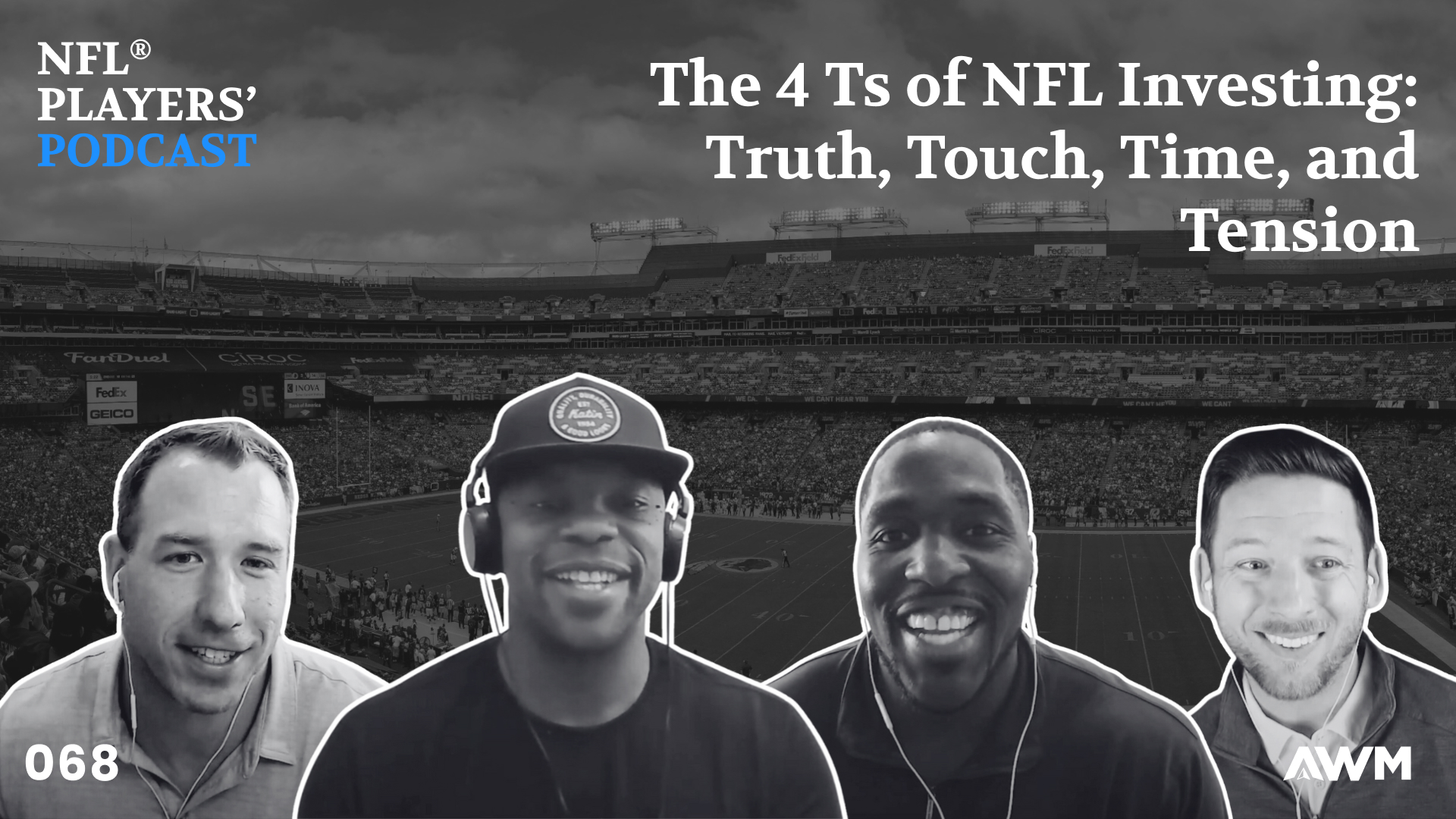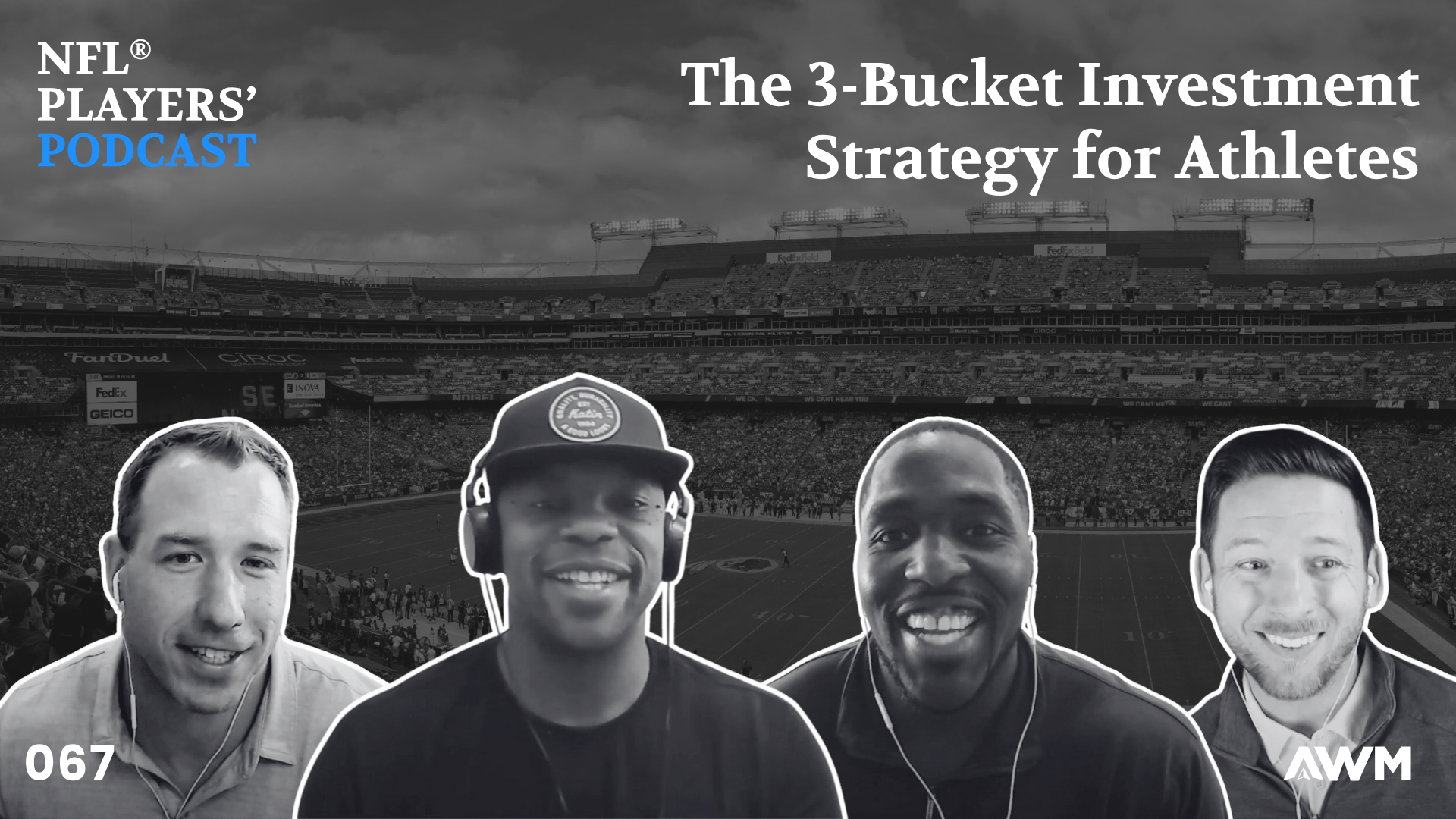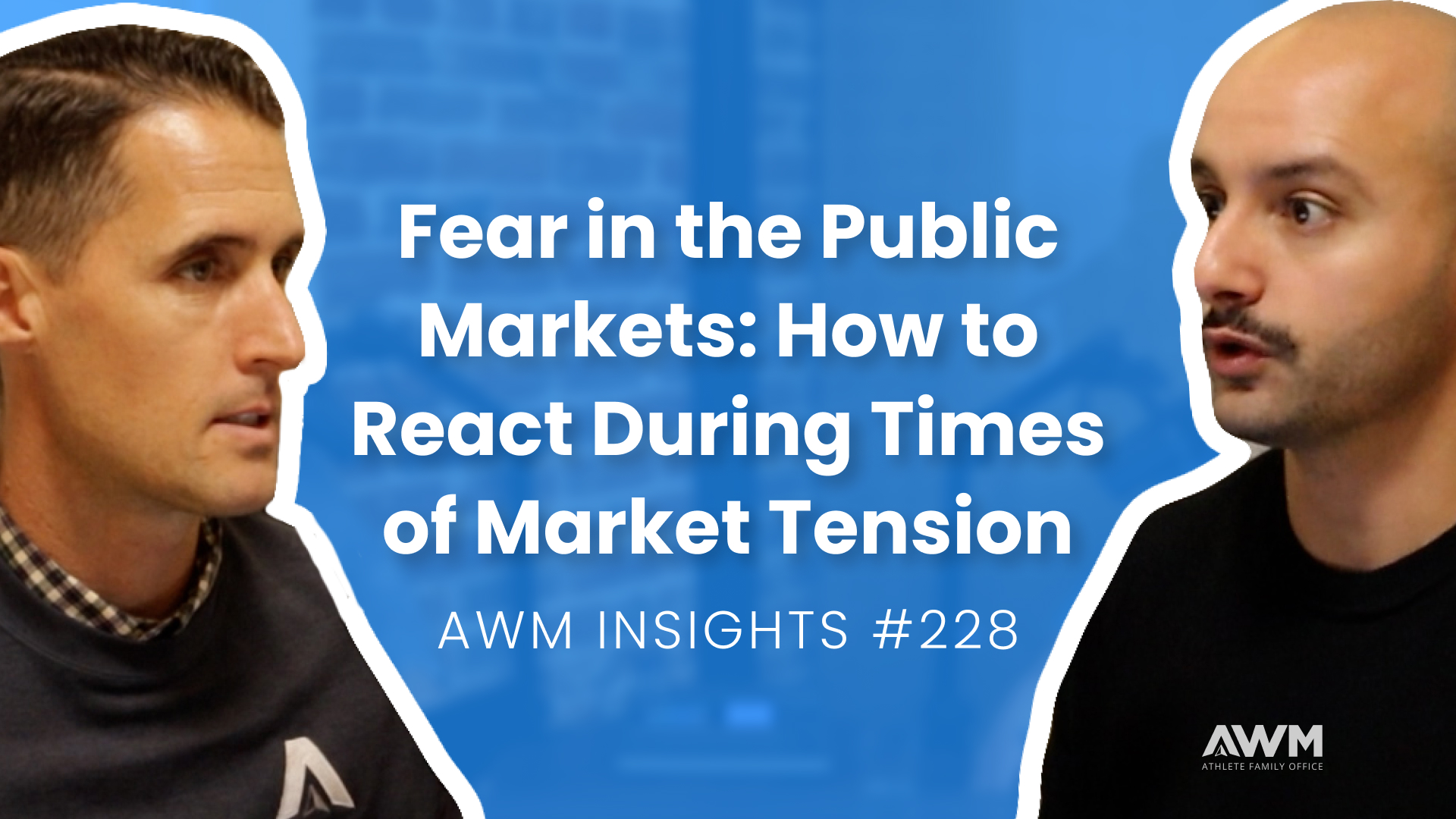2025 Q2 Market Lessons: Diversification Discipline and a Long-Term Focus

Turbulent markets favor disciplined, globally diversified investors.

Reflecting on Q2 Market Performance
At the halfway mark of the year, the scoreboard revealed more than final scores—it told the story of teams that weathered early setbacks and seized opportunities born of volatility. Q2 opened with economic turbulence. The introduction of tariffs—dubbed “Liberation Day”—ignited a sharp April market sell-off and negative sentiment. That initial dip, however, didn’t linger. US markets shook off pessimism, recovered, and rallied hard through the rest of Q2, ending the quarter in positive territory.
But year-to-date returns highlight the heart of the lesson. While domestic markets ended up roughly 7% through the second quarter, the international developed markets reached a striking 20% gain. Emerging markets advanced about 17%, underscoring how diverse portfolios can capture upside wherever it appears. The turbulence in Q2 produced opportunity, not just risk. For high-net-worth families and pro athletes, the parallel is clear: great teams don’t lose faith or abandon the game plan after a bad quarter. Instead, they stick to proven systems, knowing volatility is the white noise in a long career, not the signal that tells you what matters.
Volatility will always be part of the game. For those prepared—with strategy, not speculation—these swings lead to growth, not regret.
Harnessing the Power of International Diversification
This quarter’s top performers weren’t just US blue chips. The international component of diversified portfolios provided a substantial lift, especially with the impact of currency moves. Developed international markets and emerging economies led the field, but that outperformance wasn’t just about local companies doing well. As Mena explained, “a lot of that is due to currency pressures…the US dollar has depreciated a little bit compared to other foreign [currencies].” When the dollar drops, international assets recorded in local currencies gain value when converted back to dollars, becoming a meaningful tailwind.
Put another way: think about the assets that touch your life every day—cars, clothing, tech, groceries. You live in the US and consume in dollars, but the brands, products, and supply chains thread through the world. Diversification doesn’t just mirror global consumption; it lets you own a share of the world’s productivity. “If you look to buy a Porsche, you might get a little discount based on how your accounts performed,” Mena clarified—because when international markets and currencies rise, your wealth stretches further.
Portfolios that owned more than US juggernauts saw this effect firsthand. “If you are internationally diversified, your accounts have outperformed those focused only on the US.” That isn’t luck. It’s the logic of fielding a world-class roster. Instead of betting the house on a single league, we build lineups with assets from every position, geography, and economy. This approach withstands changing seasons, unfamiliar risks, and unexpected currency shifts. It’s the financial equivalent of winning with both offense and defense—never relying on one player to carry the team.
International diversification is an ongoing process. Currencies will shift, economies will cycle, and sometimes the US will lead, other times it will lag. The prepared athlete, like the prepared family office, adapts allocations but never abandons the core belief that owning a share of the global economy is the surest way to maximize and protect long-term wealth.
Sticking to Your Game Plan Through Volatility
In chaotic quarters, it’s tempting to rip up the playbook. Market drops, elections, and policy headlines stir intense emotions—fear spurs selling, then regret as rallies leave cautious investors trailing returns. But short-term responses rarely yield results. “If you were in cash for this entire period of time, you’ve probably lost 20% on your money,” Mena remarked. That’s a twofold loss: missing the market’s rebound while inflation quietly eats away at your purchasing power.
The drag of inflation is sometimes missed in flashy headlines. During 2022, nine and a half percent annual inflation robbed savers who sat in cash of real value, even as markets struggled. Wealth, especially generational wealth, cannot thrive by avoiding risk at all costs—it grows through deliberate, reasoned participation. The AWM Capital way means you don’t “vote with your dollars” based on daily news or political bias; you build a plan grounded in research, experience, and humility.
There are echoes here of the greatest locker rooms: leadership matters most when the crowd grows loud and the score is tight. A disciplined, long-term investor—just like a trusted coach or captain—follows the designed strategy, not spur-of-the-moment instincts. As Justin noted, “Keep that discipline in place…not react to these short-term events.” Data continually shows that emotional investing is more often a recipe for disaster than for outperformance.
Letting noise drive your actions forfeits advantages that belong to the patient. At AWM, we see this every cycle: sticking to your game plan, aligning every move with the long-term goal, is precisely what protects and propels 100-year family wealth. Preparation, not prediction, gets results. Speculators hope; stewards execute the plan—rain or shine.
Conclusion
Quarter after quarter, fundamentals withstand the market’s mood swings: international diversification, preparation, and a steady hand deliver outperformance and peace of mind. Money, in our approach, is always a tool to steward your family’s vision and a bridge to a multi-generational legacy. The strategy is proven; the principles endure. Own your wealth. Make an impact. Always be a pro.
Transcript
Share this post
Related articles
Your Family Office

We're here to help you navigate.
Our advisors are ready to serve as your Athlete Family Office.
Your Family Office

We're here to help you navigate.
Our advisors are ready to serve as your Athlete Family Office.











